If you’re here, you’re likely wondering how to identify turkey tail mushrooms (Trametes versicolor) in the wild. Well you’ve come to the right place!
We’ve put together the complete guide to turkey tail mushroom identification using some of the top mushroom identification sources on the web.
Plus, we’ll help you understand some of turkey tail’s top lookalikes so you can make sure the polypore you’ve found is really turkey tail.
Let’s dive in!
Quick turkey tail identification guide
When looking for turkey tail in the wild, there are four key requirements. We’ll dive into each in more detail, but if you’re just skimming through:
- Turkey tail coloring: turkey tail will have distinct, starkly-contrasting, and separate bands of coloring that can vary from gray, white, reddish brown, tan, and more.
- Small Pores: The underside of the mushroom should have very, very small pores that are tightly grouped together. Some lookalikes have pores on the underside, but those pores will be a bit bigger and more spaced out. Turkey tails will have 3-8 pores every millimeter. In other words, you’ll really have to squint to see them!
- Fuzzy tops: The top of a turkey tail mushroom should have a fuzzy, almost velvet-like texture. The texture may be subtle, but it should look a bit furry on the top.
- Flexible and bendy: Your turkey tail mushroom should be flexible and bend easily between your fingers. If your mushroom is hard or resists bending, you’re likely looking at a lookalike.
Below, we put together an infographic to help you identify turkey tail mushrooms.
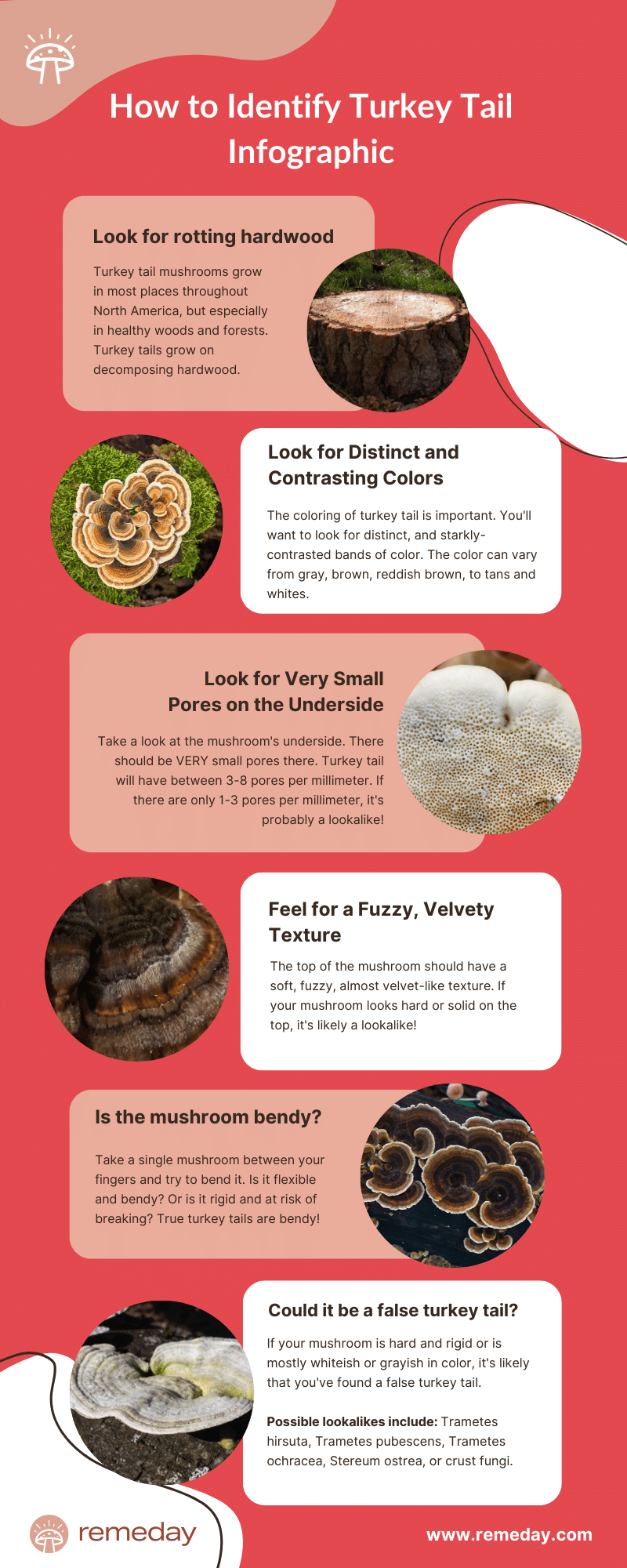
Where to find turkey tail mushrooms
Turkey tail (Trametes versicolor) mushrooms are incredibly common in North America. You’ll usually find them in a healthy woods setting. Turkey tail mushrooms like growing on hardwood trees - especially stumps or fallen branches.
They thrive in wet, shady areas of the forest. In fact, turkey tail mushrooms are some of the most common medicinal mushrooms in the United States.
What kind of wood does turkey tail grow on?
Turkey tail isn’t picky about the type of hardwood it likes. This colorful fungi have been found growing on over 70 species of hardwoods. These can include maple, walnut, black cherry, beech, birch, willow, magnolia, cottonwood, ash, elm, oak, and more.
Turkey tail mushrooms are saprotrophic, which means they are most likely to be found on decomposing wood to assist with the decomposition process.
Turkey tails like to grow in small clusters, but it’s also possible to find a small group of one or two on a fallen log.
Turkey tail mushroom hunting tips:
- Head to a local woods or forest after a decent rain shower
- Step off the path (if it’s safe and allowed!), and look for fallen trees, cut stumps, or wood piles
- Your best bet is to find wood that’s already in the process of decomposing. In fact, the wood may be spongy to the touch
- If there are other mushrooms growing in the forest, chances are that you can find turkey tail
- Look for shady, overcast areas first
What time of year can turkey tails be found?
Turkey tail mushrooms are most likely to thrive between the months of May - December, but can be found all year round if the growing conditions are right. In fact, we recently found a thriving turkey tail cluster on a local stump that was still thriving after a hard frost.
Check out our mushroom hunter gift guide to find the perfect gift for your favorite forager.
How to tell turkey tail from a false turkey tail?
There are several turkey tail look-alikes you’ll want to be aware of. The most common turkey tail (Trametes versicolor) lookalikes can be identified by their lack of contrasting band colors on the top of the mushroom and a lack of pores (or large pores) on the bottom. The most common turkey tail look-alikes include Stereum ostrea, Trametes hirsuta, and Trametes pubescens.
Let's take a look at each of these mushroom types in more detail:
1. Stereum ostrea
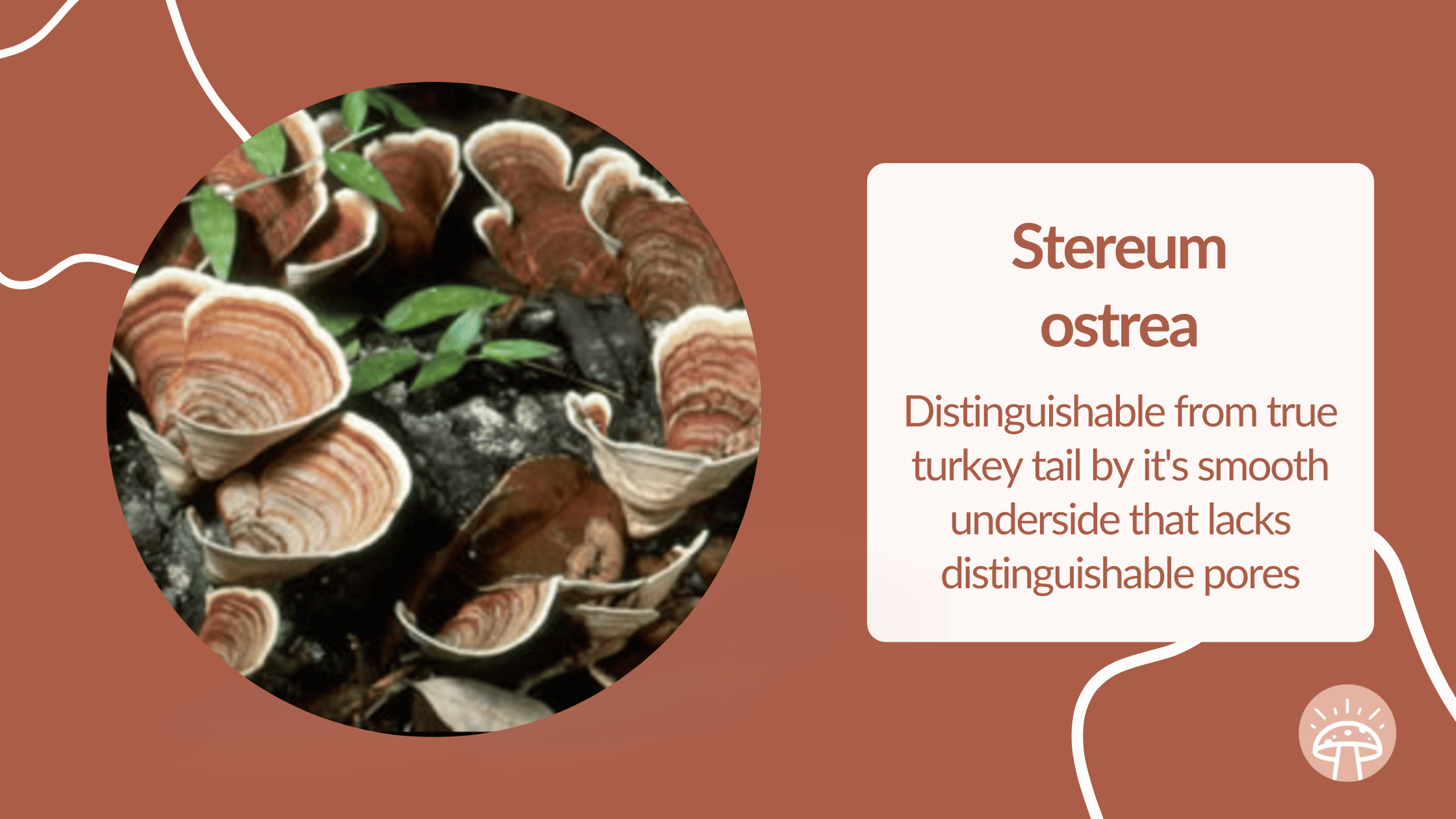
Stereum ostrea, commonly called false turkey tail, has many of the same characteristics as true turkey tail mushrooms.
It’s easy to mistake Stereum ostrea for turkey tail because it has many of the same characteristics including distinct ‘turkey tail’ coloring on the top, a fuzzy texture, flexibility, and is found in many of the same places.
But there is one key difference between a false turkey tail and a real turkey tail. That difference lies underneath the mushroom cap. Whereas turkey tail mushrooms have small pores on the underside, false turkey tail has a smooth underside with no pores.
False turkey tail is not considered toxic. Like turkey tail, this mushroom is not considered ‘edible’ because of its taste and texture. Still, it’s unlikely to harm you if you accidentally use it in tea or a tincture.
One study on Stereum ostrea showed potential for antibacterial and antifungal properties in false turkey tail. But don’t really know much about the potential benefits or side effects of false turkey tail. So, it’s best to stick to the real deal.
2. Trametes hirsuta
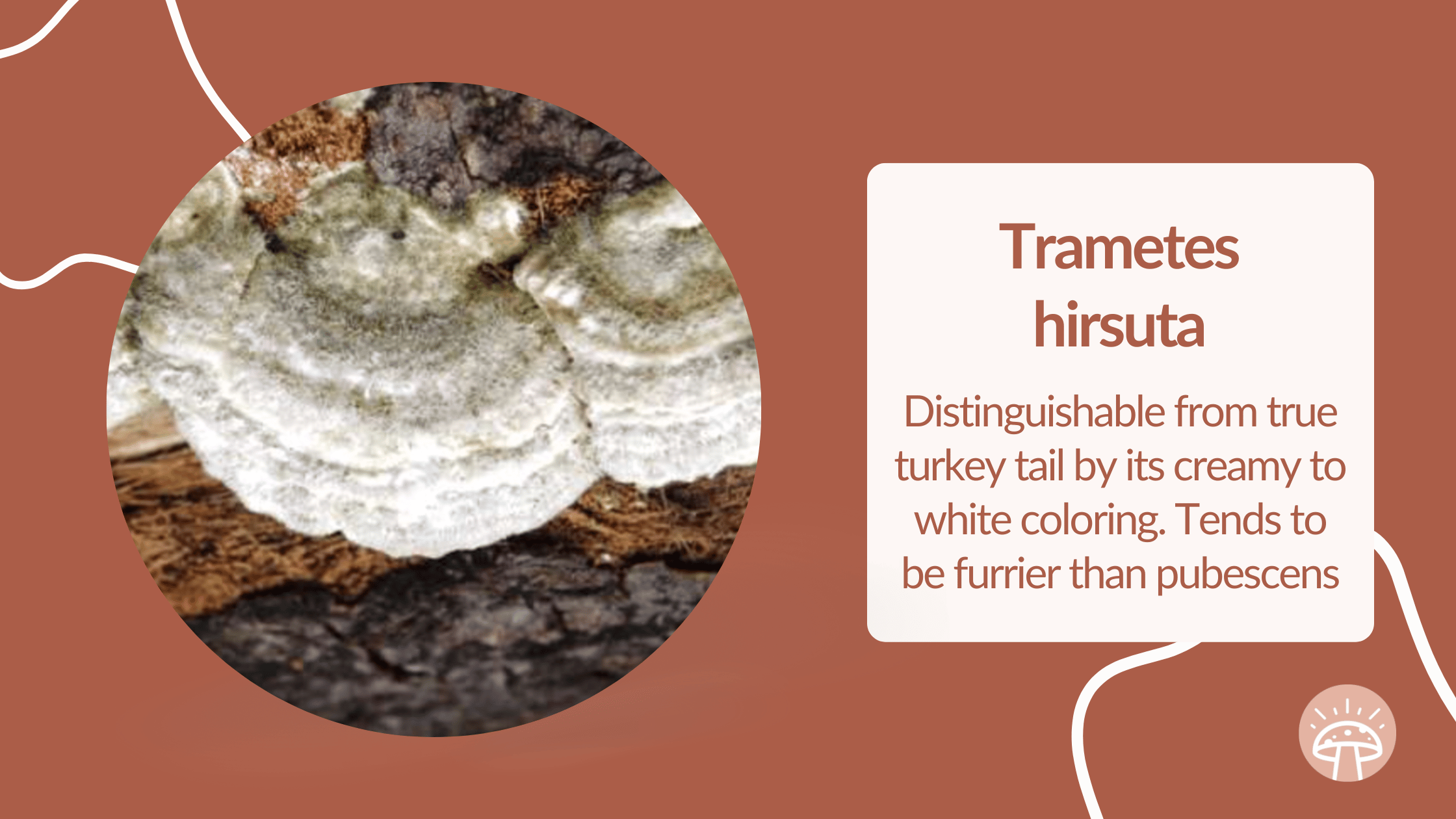
Trametes hirsuta is another common turkey tail look-alike because of its texture and coloring. Like turkey tail, Trametis hirsuta can have bands of color. But this mushroom tends to be whitish or grayish in coloring. As the mushroom ages, it’s possible for it to to turn brownish, to brown, to black. But unlike the stark contrasting colors you might find in turkey tail and false turkey tail, Trametes hirsuta’s colors tend to be more muted, blending into one another.
The top of Trametes hirsuta can be fuzzy and velvety in texture like true turkey tail.
But like false turkey tail, the true indicator of turkey tail vs Trametes hirsuta lies under the cap. Turkey tail’s pores are small and very close together (3-8 pores per millimeter). But Trametes hirsuta’s pores are larger and can be more angular (only 3-4 pores per millimeter).
3. Trametes pubescens
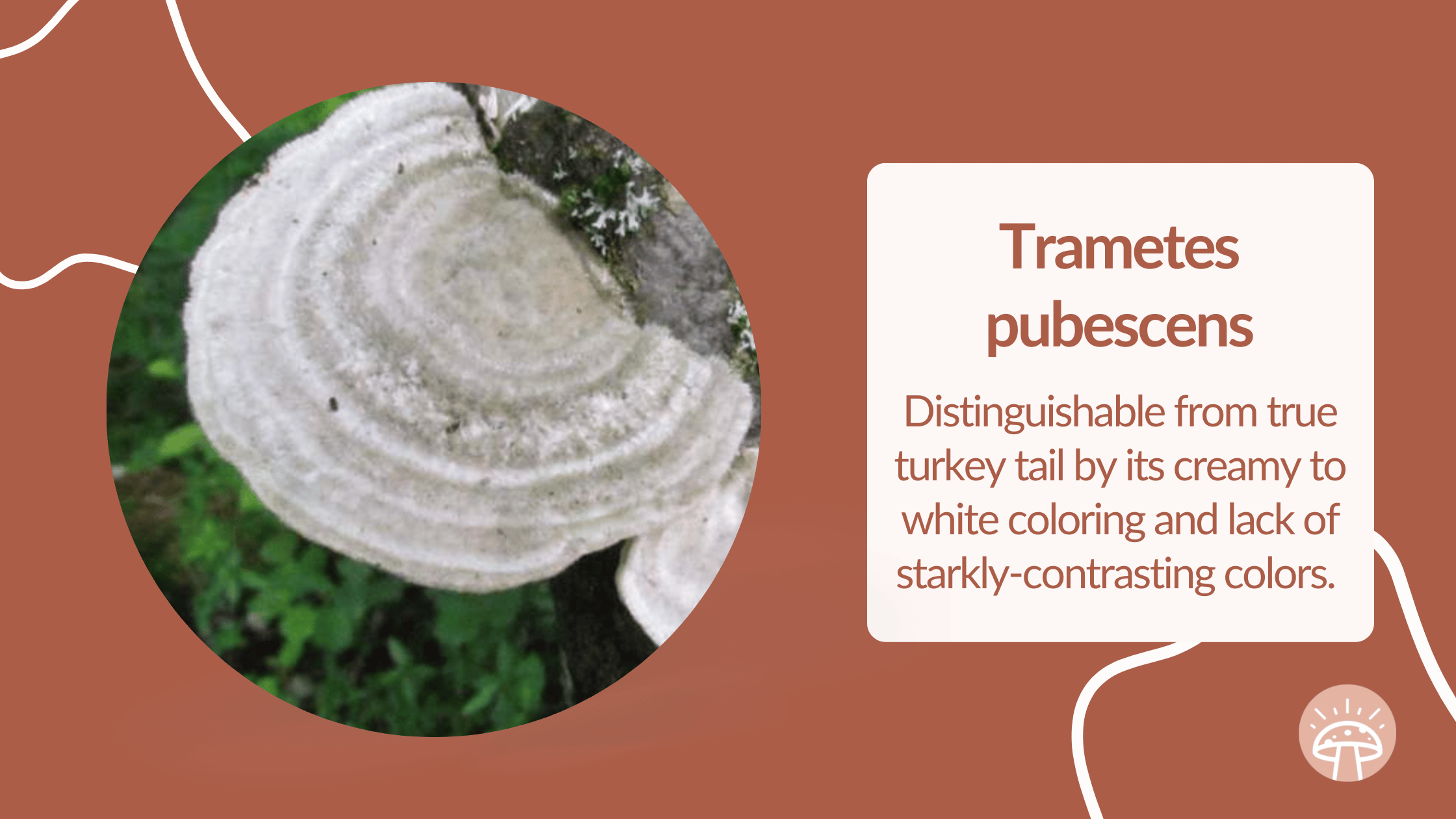
Where you find turkey tail mushrooms, you might stumble upon this other look-alike called Trametes pubescens. Here’s how you can tell Trametes pubescens vs turkey tail.
While turkey tail will have bold, starkly contrasting colors on the surface, Trametes pubescens will lack these contrasting bands of color. This mushroom tends to be mostly muted. You might find this mushroom is mostly creamy, muted gray, or whiteish in coloring. You may see some bands of lighter or darker color across the cap which mimic the pattern of turkey tail. But the muted coloring is your hint that you may be looking at Trametes pubescens.
Like turkey tail, the cap of Trametes pubescens can be slightly velvety in texture. And the pore structure under the mushroom is similar to that of turkey tail.
As this mushroom ages, it tends to turn yellowish in color.
We don’t know much about the edibility or potential benefits or side effects of this polypore. But a handful of sources list it as non-toxic.
How can I make sure a mushroom is turkey tail
The only way to know for sure is to loop in a qualified mushroom expert to help you identify mushrooms in your area.
Always make sure you consult an expert before consuming a wild mushroom.
A foraging tour is a great way to learn more about the mushrooms in your neighborhood! Check out our national mushroom map for the largest directory of mushroom businesses online and support a local mushroom business.
Here’s a great video overview if you want to keep learning and see some more visual examples.
How do I prepare turkey tail for teas or tinctures?
If you’ve harvested your mushrooms in the wild, it might be a good idea to freeze your mushrooms overnight. This will kill any lingering parasites on the mushroom - especially those hidden in those tiny mushroom pores.
Check out our guide for a complete overview on how to prepare wild turkey tail mushrooms for teas or tinctures.
Where can I learn more about turkey tail mushrooms?
We put together a comprehensive learning center that's just about turkey tail mushrooms! Learn about the possible benefits, side effects, dosage options, and more.
If you're looking for more help identifying your mushroom, here are some great resources:
- https://www.mushroomexpert.com/trametes_versicolor.html
- https://practicalselfreliance.com/turkey-tail-mushroom/
- https://www.realmushrooms.com/turkey-tail-mushroom-identification/
Remember, that consulting a field guide or enlisting the help of a professional are highly recommended any time you're foraging in the wild.

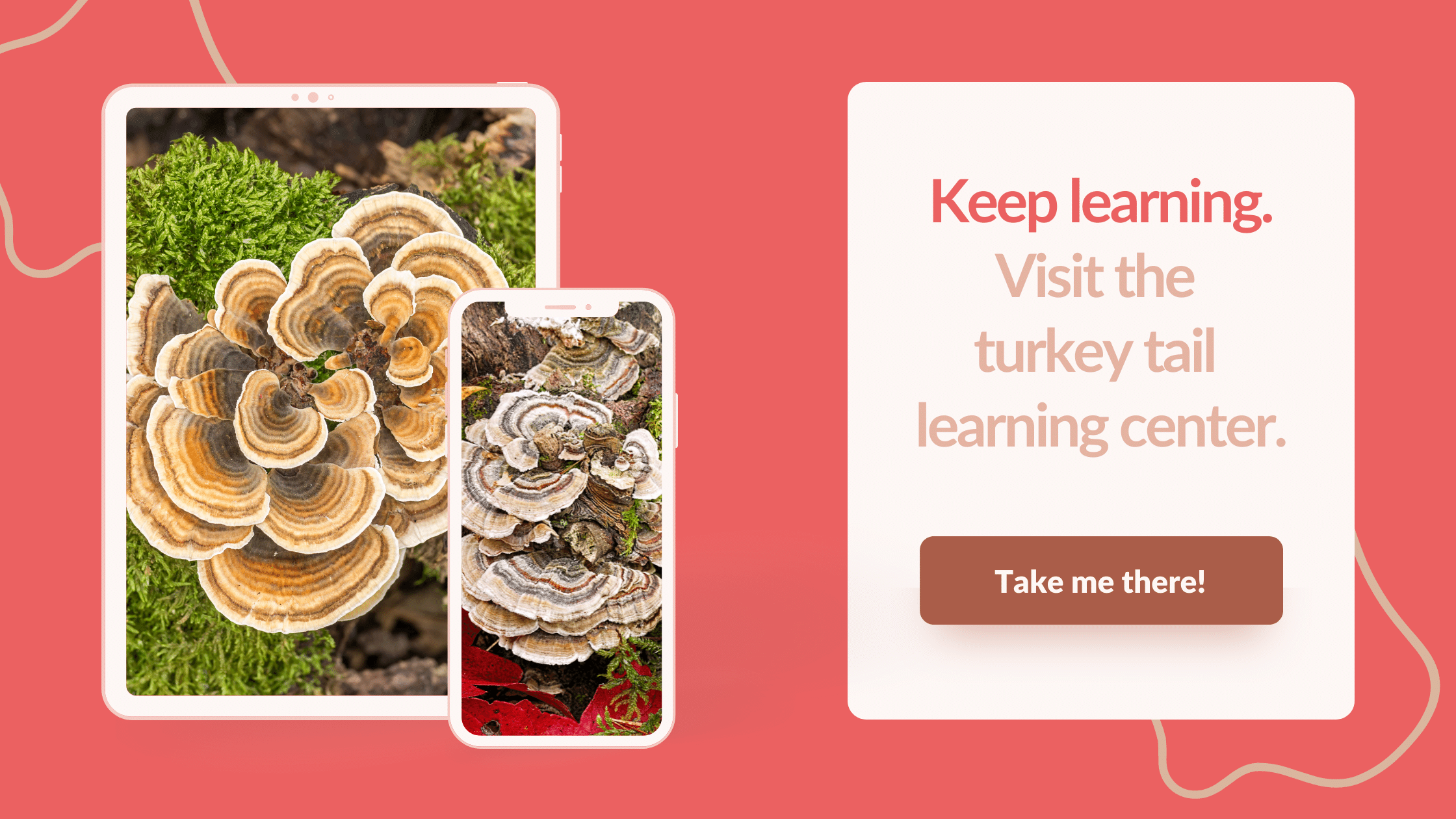
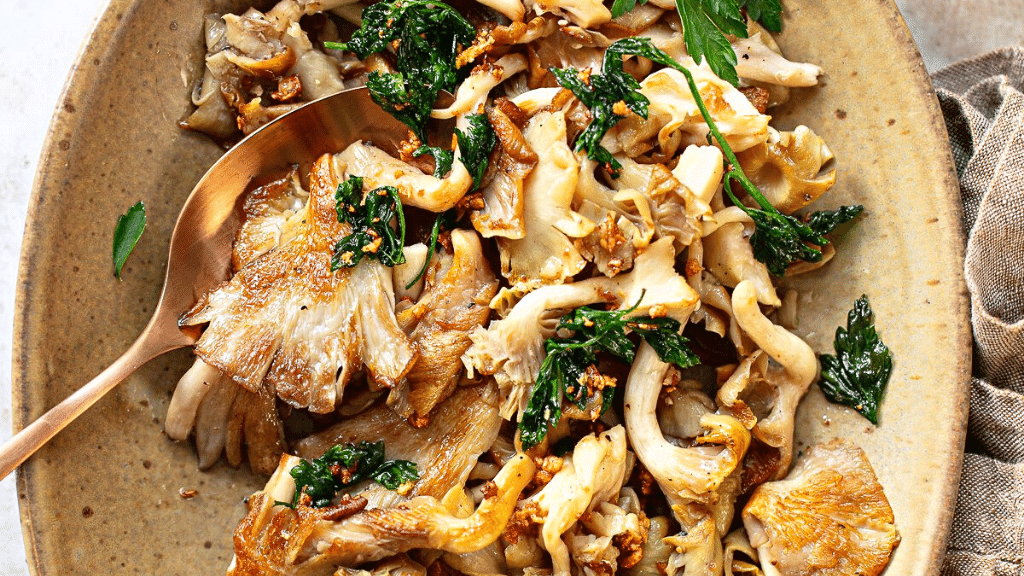
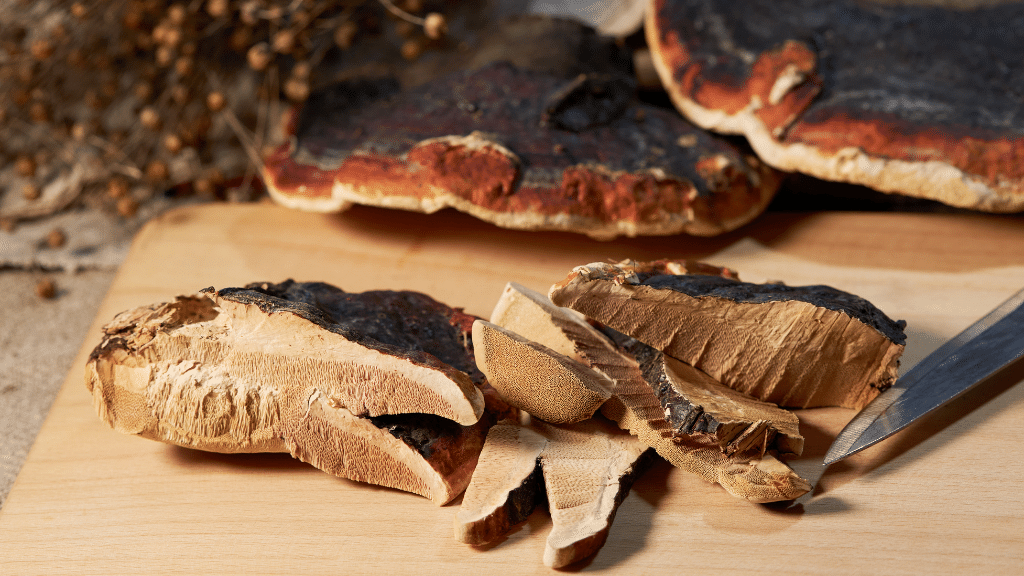


.png)
